
Review: Environmental regulation of intrinsic photosynthetic capacity: an integrated view ($)
Plant Science Research Weekly, Research0 Comments
/
Photosynthetic capacity varies hugely within an individual over time, between individuals in different environments, and between species. Demming-Adams et al. review the processes that affect intrinsic photosynthetic capacity. Plants modulate their intrinsic photosynthetic capacity according to input…
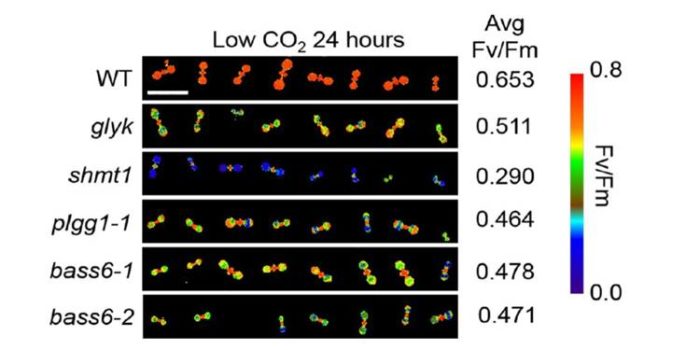
A chloroplast envelope glycolate transporter and its involvement in photorespiratory metabolism
Plant Science Research Weekly, ResearchIn C3 plants at ambient CO2 levels, Rubisco’s oxygenation reaction occurs about once for every three carboxylation reactions. One of the oxygenation products, 2-phosphoglycolate, is rapidly dephosphorylated to glycolate which is toxic and inhibitory to photosynthesis. Glycolate has to be removed from…
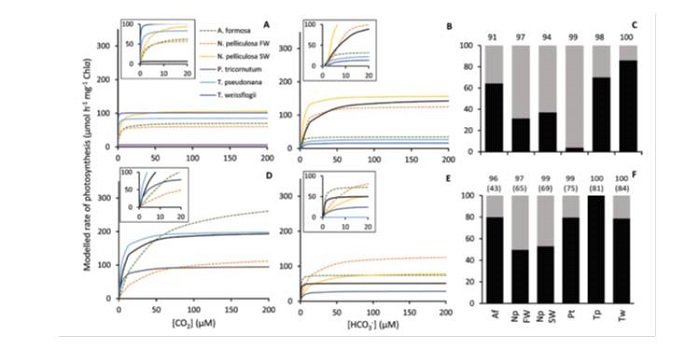
Diversity of CO2 concentrating mechanisms and responses to CO2 concentration in marine and freshwater diatoms ($)
Plant Science Research Weekly, ResearchThe CO2-fixing enzyme ribulose bisphosphate carboxylase (Rubisco) works most efficiently at high concentrations of CO2. Many organisms have evolved CO2-concentrating mechanisms (CCMs), such as the PEP-carboxylation that occurs upstream of Rubisco in C4 plants. Diatoms and other eukaryotic algae use a…

Insights into Salicylic Acid and Mitochondria
Blog, Plant Physiology, Plant Physiology: On The Inside, Research, Research BlogWithin the mitochondrial electron transport chain, complex II (succinate dehydrogenase [SDH]) oxidizes succinate to fumarate by transferring electrons to ubiquinone (UQ), which is reduced to ubiquinol. The enzyme is formed by four subunits: a flavoprotein (SDH1), which contains the FAD cofactor, an iron…
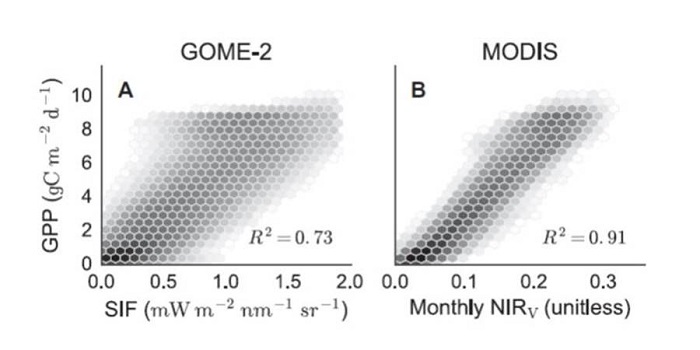
Canopy near-infrared reflectance and terrestrial photosynthesis
Plant Science Research Weekly, ResearchA model is only as good as the data that go into it (garbage in, garbage out), so any effort to improve remote sensing data will contribute to better global models. Badgley et al. describe a new parameter, near-infrared reflectance of vegetation (NIRV), that more accurately quantifies photosynthesis…

Review: Chloroplast function revealed through analysis of GreenCut2 genes
Plant Science Research Weekly, ResearchOf the 3000 or so proteins housed in the chloroplast, we know the functions of only a few hundred. One approach to identify function is to first identify plastid proteins found exclusively in photosynthetic organisms. This subset, GreenCut2, is further subdivided by whether the proteins are found in…
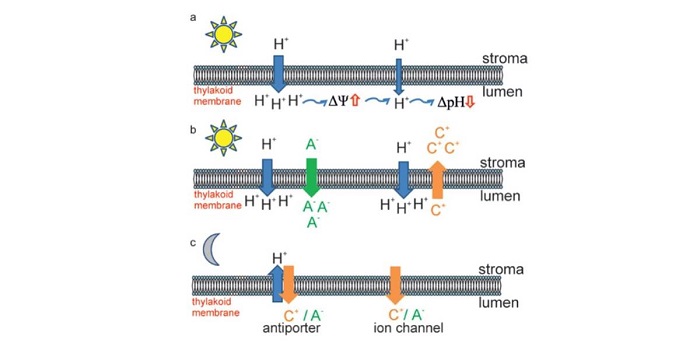
Review: Impact of the ion transportome of chloroplasts on the optimization of photosynthesis ($)
Plant Science Research Weekly, ResearchIn photosynthesis, light energy generates proton motive force (pmf) across the thylakoid membrane. The establishment and maintenance of pmf involves numerous membrane transporters as well as other ions. Szabò and Septea review how various ions (including K+, Na+, Fe2+, Cu+, Mn2+, Ca2+, Cl–) contribute…
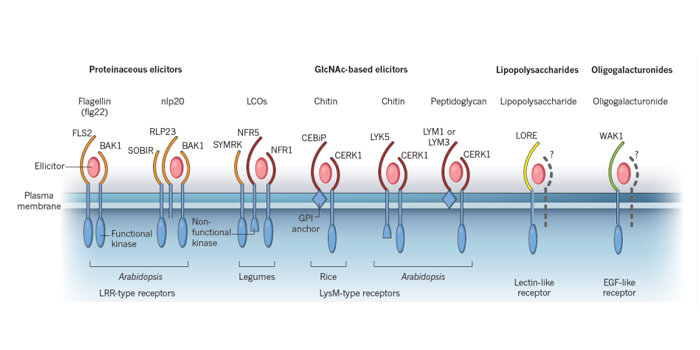
Reviews: Nature Insight: Plants ($)
Plant Science Research Weekly, ResearchNature journal published a special “Plant Insights” section featuring several excellent reviews. Zipfel and Oldroyd review Plant signalling in symbiosis and immunity (10.1038/nature22009), Bevan et al. write about Genomic innovation for crop improvement (10.1038/nature22011), Scheres and van der…
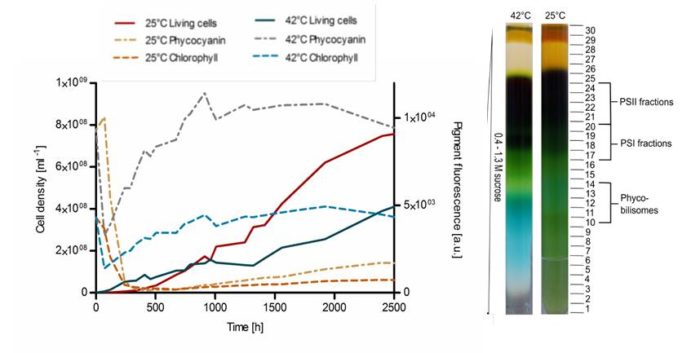
Temperature induced remodeling of the photosynthetic machinery tunes photosynthesis in a thermophyllic red alga
Plant Science Research Weekly, ResearchThe red alga Cyanidioschyzon merolae is notable for several reasons: it is an early-branching red alga, it has one of the smallest genomes and simplest cellular structures of photosynthetic eukaryotes, and its photosynthetic machinery is intermediate between cyanobacteria and green algae. Furthermore,…

